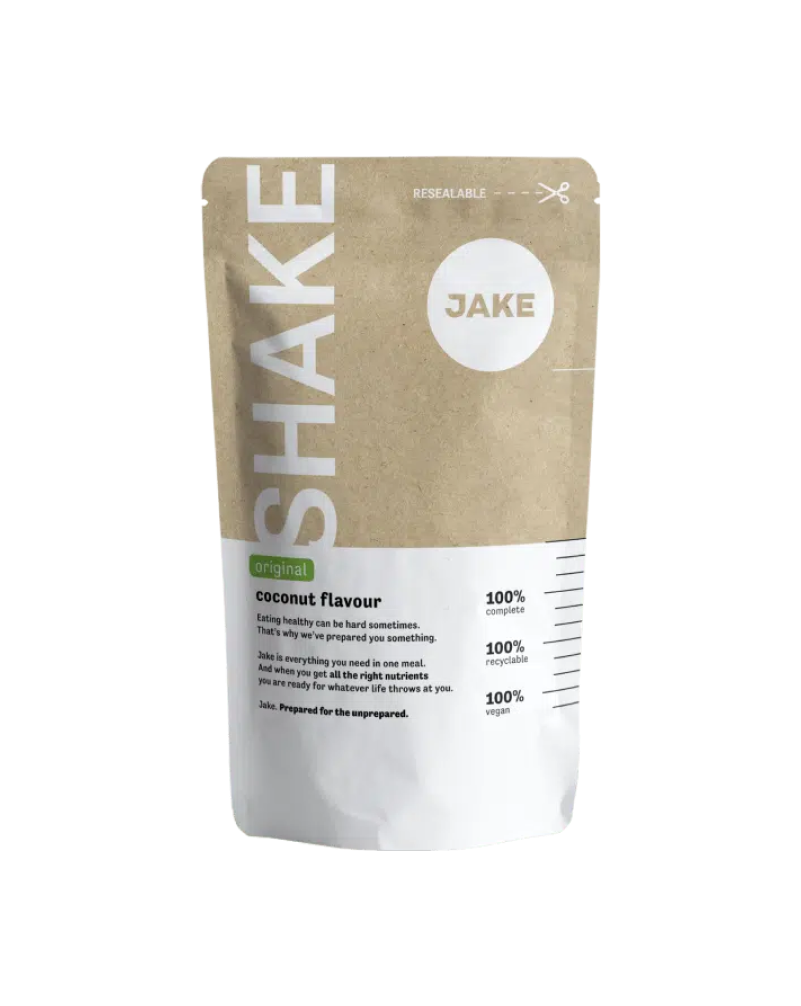Perhaps a sensitive subject for those dealing with it is obesity. Being in a calorie surplus for a longer period of time, resulting in obesity, entails several risks. Namely the development of: high blood pressure, heart attacks, diabetes and certain types of cancer.
Obesity can also cause other complaints, from lowered self-esteem to depression. Many of these negative consequences can be solved by weight loss. Losing weight could even be seen as life-saving, which makes it so important that this topic is discussed. Further on in the blog, various risks are explained and 6 important tips for losing weight.
Research tells us that maintaining a calorie deficit promotes healthy aging. The reason behind this is that a calorie deficit activates metabolic energy savings, which allows for better regulation of growth and repair in cells. The body can therefore use its caloric energy better (1).
The following are a number of conditions that have been associated with overweight/obesity.
Too high blood pressure
Obesity is often associated with high blood pressure. The combination of these has consequences for the development of cardiovascular disease. The reason for this is the retention of sodium and the associated increase in vascular resistance, blood volume and heart volume.
Dyslipidemia
Dyslipidemia is an abnormality in the metabolism of lipids (fats) that causes abnormalities in the composition of fats in the blood. The 2 main fats in the blood are cholesterol and triglycerides. A higher weight is associated with an increased level of cholesterol in the blood, studies have shown that obesity is linked to a higher level of cholesterol in the blood (2). Eating a lot of saturated fats also has an adverse effect. Droplets of low-density cholesterol (LDL) are unhealthy, they accumulate in the walls of our arteries, causing them to narrow. The risks of a too high value of LDL are: heart attacks and other vascular diseases (6).
Diabetes
Being overweight is the biggest factor for diabetes (type 2). The main reason for this is a poor balance between calorie intake and energy expenditure/burning.
The level of the risk of diabetes is related to the seriousness of the overweight. For example: A man aged 40-45 who is moderately overweight is 4 times more likely to develop diabetes than a man of the same age who is not overweight. And a man (of the same age) who is seriously overweight is 14 times more likely to develop diabetes (3). Physical inactivity also increases the risk of type 2 diabetes.
Gallstones
The risk of gallstones is greater if you are overweight. Women with a BMI over 40 have an annual risk of 2%. Compared to women with a BMI below 24, the annual risk is only 0.3% (4).
Types of cancer
Overweight and obesity are linked to several types of cancer: colon cancer, breast cancer, cervical cancer and more. The risk increases if the BMI is higher than 29.
Psychosocial aspects of obesity
Emotional complaints
Research links obesity to psychological abnormalities and emotional damage. This is based on community and clinical studies of patients seeking treatment. European research has found a link between people with obesity and emotional complaints (5). A poor self-image can also be created due to a poor body image, especially in women. Body image is the image of body size and appearance that influences emotional self-image.
Weight loss
If you’re struggling to lose weight, here are some crucial tips that can be combined to create a healthier lifestyle:
- Drink enough water
By hydrating sufficiently, your fluid balance is maintained and many processes in the body can continue to run smoothly. This also has a positive effect on your feeling of satiety, your energy level and more. By always having a bottle of water with you, you make it easier for yourself. Replace sugary drinks with water. - Increase your protein intake
Proteins are a good form of fuel and contribute to building your muscles. In addition, they also provide a good feeling of satiety. - Get enough sleep
A good night’s sleep naturally provides energy. But it also has an inhibiting effect on the feeling of hunger. During sleep, muscles also get a chance to recover after a workout. - Maintaining a calorie deficit
By burning more energy than it takes in, the body will switch to fat burning. Also the most difficult part. - Eating lots of fiber
When you eat fiber-rich foods, you will feel full for longer and less hungry. - To move
Keep moving is indispensable if you aim to lose some weight. This will make you burn more in a healthy way. Find a form of exercise that works for you that makes you enjoy it.
Another good tool to try to keep your calorie intake low are Jake’s Light Shakes. They support you to keep your calorie intake low, to keep your water intake high and thanks to the fibers you experience a saturated feeling for 3 to 4 hours.
Sources:
- “Caloric Restriction Delays Disease Onset and Mortality in Rhesus Monkeys.” By R.J. Colman, R.M. Anderson, S.C. Johnson, C. Cruzen, H.A. Simmons, J.W. Kemnitz, R. Weindruch, E.K. Kastman, K.J. Kosmatka, T.M. Beasley, D.B. Allison. Science, Vol. 324 Issue 5937, July 9, 2009.
- Hershcopf, R.J., D. Elahi and R. Andres, 1982. Longitudinal changes in serum cholesterol in man: an epidemiologic search for an etiology. J. Chronic. Dis. 35: 101-114.
- Baan CA., Bos G., en Jacobs-van der Bruggen MAM. Modeling chronic diseases: the diabetes module. Justification of (new) input data. RIVM-rapport: 260801001. Bilthoven: RIVM, 2005.
- Stampfer, M.J., K.M. Maclure, G.A. Colditz, J.E. Manson and W.C. Willett, 1992. Risk of symptomatic gallstones in women with severe obesity. Am. J. Clin. Nutr., 55: 52-658
- Lissau, I. and T.I. Sorensen, 1994. Parental neglect during childhood and increased risk of obesity in young adulthood. Lancet, 343: 324-327
- Leyden Academy, https://www.leydenacademy.nl/hoogcholesterol/
- . A. K. A., . M. S., . M. M. A., & . A. K. (2003). Health Risks of Overweight and Obesity – An Over View. Pakistan Journal of Nutrition, 2(6), 350–360. https://doi.org/10.3923/pjn.2003.350.360






